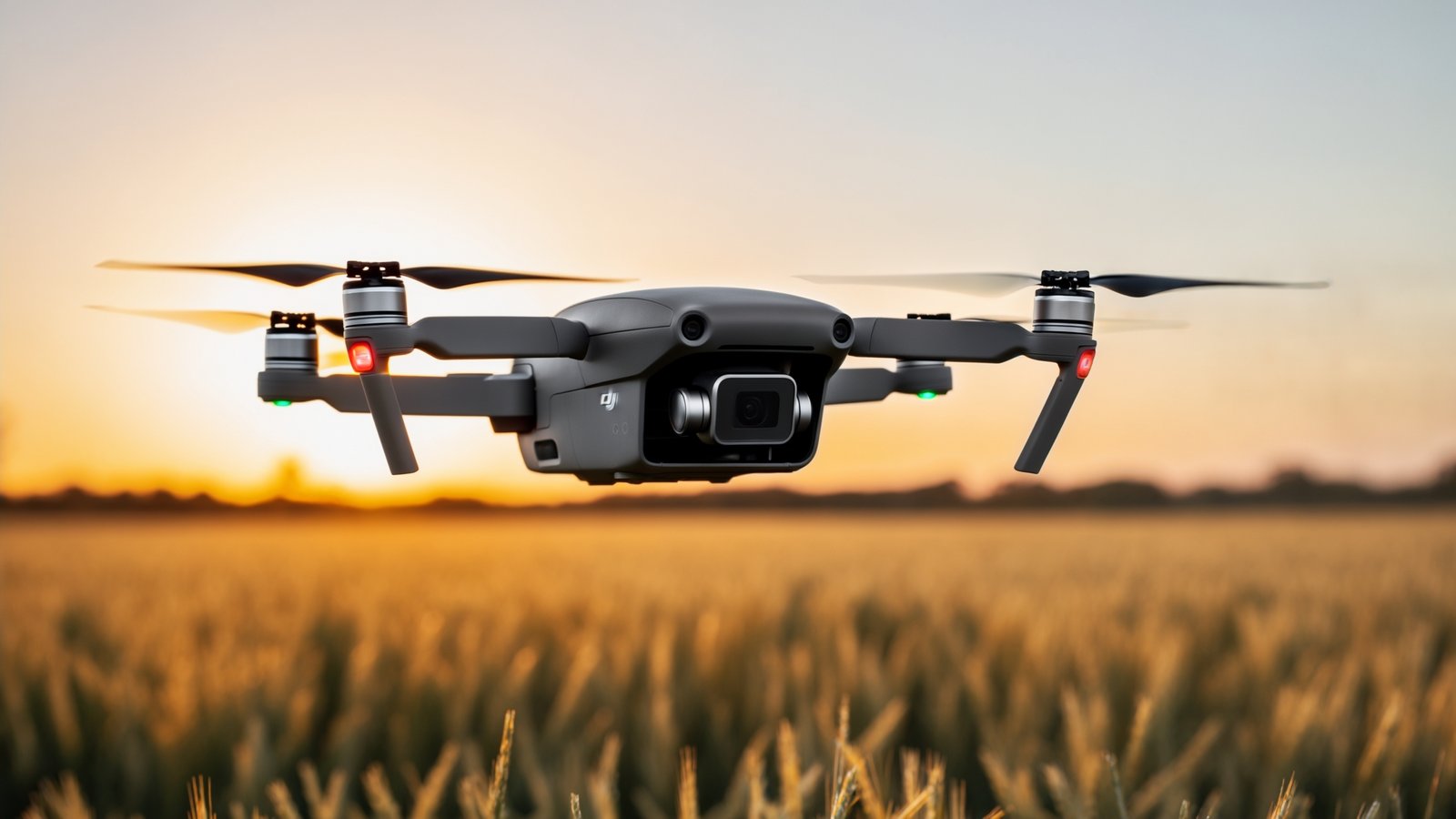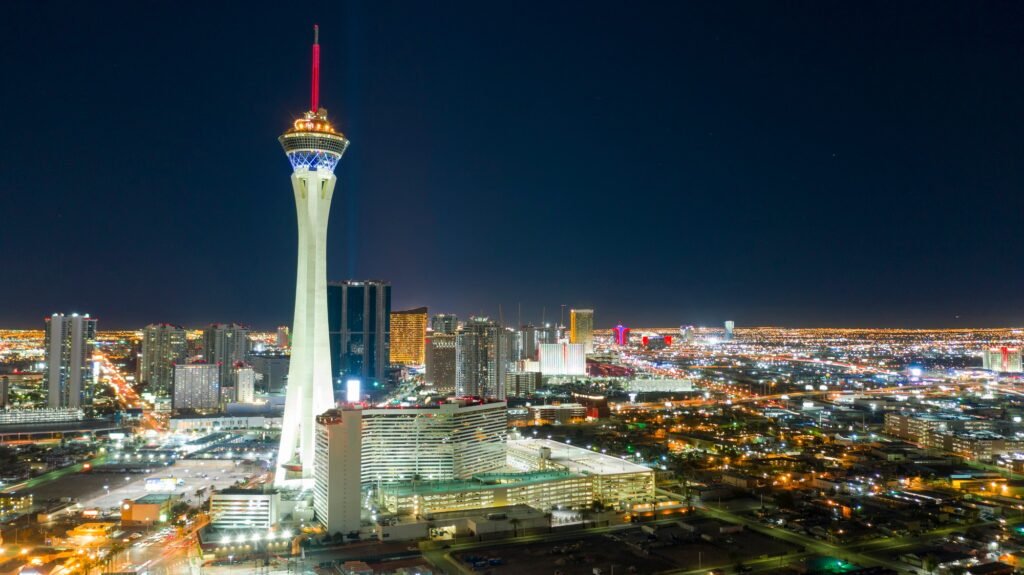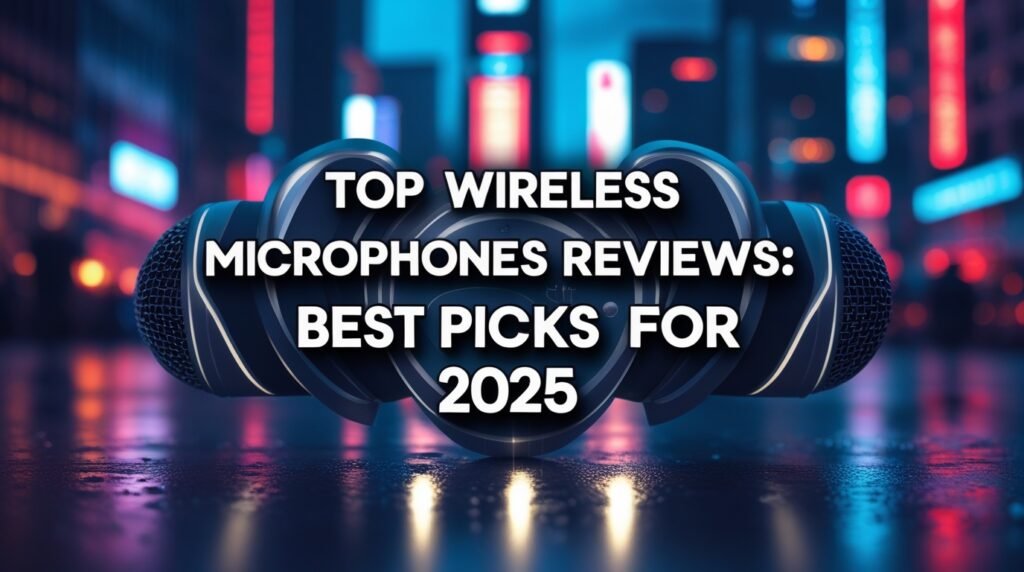Hover Air X1 PROMAX vs DJI NEO
Table of Contents
The world of selfie drones is buzzing with excitement as two new contenders enter the arena: the HoverAir X1 ProMax and the DJI Neo. These compact flying cameras are changing the game for content creators and drone enthusiasts alike.

Both drones offer impressive 4K video capabilities and user-friendly features, but they cater to different needs and budgets. The HoverAir X1 ProMax boasts advanced autonomous flight modes and a sleek design, while the DJI Neo stands out with its affordable price tag of just $199 and ease of use.
Choosing between these two drones depends on your specific requirements. The X1 ProMax might appeal to those seeking cutting-edge technology and versatile shooting options. The DJI Neo, on the other hand, could be perfect for beginners or budget-conscious users looking for a simple yet capable flying camera.
Key Takeaways on Hover Air X1 PROMAX vs DJI NEO
- The HoverAir X1 ProMax and DJI Neo are compact selfie drones with 4K video capabilities.
- DJI Neo is more affordable at $199, making it accessible for beginners.
- The choice depends on budget, desired features, and user experience level.
The HoverAir X1 ProMax and DJI Neo are new drones that bring fresh features to the market. These models aim to make drone flying easier for users while offering high-quality video capture.
Key Features and Innovations
The HoverAir X1 ProMax records video in 8K at 30fps. This gives users very detailed footage. The DJI Neo shoots in 4K, which is still great for most users.
Flight time is important for drones. The DJI Neo can fly for 18 minutes on a single charge. The HoverAir X1 ProMax flies for 16 minutes.
Both drones are made for easy use. They have one-button controls to switch between modes. This helps new pilots capture good shots quickly.
The X1 ProMax has advanced tracking features. It can follow subjects automatically. The Neo also has smart flying modes to help get cinematic shots.
Design and Build Quality
These drones are small and light. The DJI Neo weighs just 135 grams. This makes it easy to carry and fly.
Both models are built to be tough. They can handle small bumps and crashes. The drones fold up for easy transport in a bag or pocket.
The X1 ProMax and Neo have sleek designs. They look modern and high-tech. The build quality is good, with sturdy materials used.
Controls are simple on both drones. They can be flown using a smartphone app. This cuts down on extra equipment needed.
Camera and Video Capabilities

The DJI Neo and HoverAir X1 PROMAX offer different camera and video capabilities. These drones have distinct features in video resolution, image quality, and stabilization
Comparing 4K and 8K Video Recording
The DJI Neo records 4K video at 30 frames per second. This provides good quality footage for casual users and social media content. The HoverAir X1 PROMAX takes video quality up a notch. It can shoot 8K video at 30fps and 4K at 60fps. The higher frame rate in 4K allows for smoother motion in videos. 8K resolution captures more detail, but requires more storage space and processing power to edit.
Camera Quality and Stabilization
Both drones have features to keep videos steady. The DJI Neo uses a 1-axis gimbal for stabilization. This helps reduce shake in footage. The HoverAir X1 PROMAX has advanced stabilization technology. It produces very smooth videos even in windy conditions.
The Neo has a 12-megapixel camera sensor. This is good for basic photography needs. The X1 PROMAX likely has a higher resolution sensor, but exact specs are not provided.
Photography and Video Features
The HoverAir X1 PROMAX has a 177-degree ultra-wide field of view. This allows it to capture more of the scene in each shot. It also has a feature called HyperView for an immersive look.
Both drones are designed for easy use. They can take off from your hand and follow you automatically. This makes them great for selfies and action shots.
The Neo is aimed at casual users who want good quality videos without complexity. The X1 PROMAX targets more serious video makers who need high-resolution footage for professional projects.
Flight Performance and Control

The DJI Neo and HoverAir X1 PROMAX offer different flight capabilities and control options. These drones have unique strengths in battery life, speed, and autonomous features..
Battery Life and Max Flight Time
The DJI Neo boasts an 18-minute flight time, giving users more airborne moments. This longer duration allows for extended filming sessions and multiple takes.
The HoverAir X1 PROMAX provides 16 minutes of flight time. While slightly shorter, it still offers ample time for most aerial photography needs.
Both drones use rechargeable lithium-ion batteries. The Neo’s battery charges in about 80 minutes, while the X1 PROMAX takes around 60 minutes to reach full power.
.
Flight Modes and Performance
The DJI Neo is a compact and lightweight drone designed for both novice and experienced users, offering a variety of flight modes to enhance aerial photography and videography:
QuickShots: This intelligent feature provides pre-programmed flight patterns that allow the Neo to capture cinematic footage effortlessly. Available QuickShots include:
- Helix: The drone ascends and spirals around the subject, creating a dynamic wrap-around shot.
- Expanse: The drone flies backward and upward, revealing the vastness of the landscape.
- Circle: The drone orbits around the subject, keeping it centered in the frame.
- Rocket: The drone ascends vertically with the camera pointing downward, capturing a unique perspective.
- Spotlight: The drone keeps the subject in focus while allowing free flight control.
- Boomerang: The drone flies in an oval path around the subject, ascending as it moves away and descending as it returns, providing a dynamic and engaging shot.
MasterShots: Building upon QuickShots, MasterShots is an advanced autonomous feature where the Neo performs a series of complex maneuvers, capturing multiple clips from different angles. It then automatically edits these clips into a cohesive video, complete with music and effects, delivering professional-quality content with minimal user input.
Manual Mode: For users seeking full control over the drone’s movements, Manual Mode allows for complete maneuverability, enabling pilots to execute complex flight patterns and capture footage from unique perspectives. This mode is ideal for experienced users aiming to push the creative boundaries of aerial photography.
Sport Mode: In Sport Mode, the Neo reaches a top speed of 10 meters per second (approximately 22.4 miles per hour), providing the agility needed to capture fast-moving subjects or to navigate through dynamic environments swiftly. This mode offers a balance between speed and stability, ensuring smooth footage even at higher velocities.
Additionally, the Neo features Palm Takeoff & Landing, allowing users to launch and retrieve the drone from the palm of their hand effortlessly. This enhances portability and ease of use, making it convenient for capturing spontaneous moments.
The Neo also supports multiple control methods, including mobile app control via the DJI Fly app and voice control, providing flexibility in how you pilot the drone.
With these diverse flight modes and user-friendly features, the DJI Neo caters to a wide range of users, from casual hobbyists to professional content creators, enabling them to capture stunning aerial footage with ease.
The X1 PROMAX features
The X1 ProMax is a feature-rich, foldable drone designed for both casual users and professionals, offering multiple intelligent flight modes and impressive performance capabilities.
Follow Mode – The drone autonomously follows a moving subject, maintaining a stable frame for dynamic shots, perfect for capturing action-packed moments.
Orbit Mode – Allows the drone to circle around a designated subject, providing a smooth 360-degree perspective for cinematic shots.
Bird’s Eye View – Captures a unique top-down perspective, ideal for landscape photography or showcasing layouts from above.
Manual Control – Enables full control over flight movements, allowing for personalized flight paths and custom camera angles.
High-Speed Performance – Achieves a maximum speed of 8 m/s, making it suitable for tracking fast-moving subjects while maintaining stability.
With its intelligent flight modes and user-friendly controls, the X1 ProMax delivers a seamless and immersive aerial photography experience.
Remote Control and Autonomous Features
The DJI Neo is a compact and user-friendly drone designed for effortless aerial photography and videography. Weighing approximately 135 grams, it emphasizes simplicity and portability, eliminating the need for a dedicated remote controller. Instead, users can operate the Neo through the DJI Fly smartphone app or intuitive hand gestures.
Key Features:
Palm Launch and Landing: The Neo can take off and land directly from your palm. By placing the drone on your hand and following the visual prompts, it will automatically initiate takeoff. For landing, extending your hand beneath the hovering drone allows it to recognize the gesture and descend gently back onto your palm.
Face Tracking: Equipped with advanced AI algorithms, the Neo can automatically detect and track human faces. This ensures that the subject remains centered in the frame during recording, making it ideal for capturing dynamic activities or vlogging without manual adjustments.
Gesture Control: The Neo supports intuitive hand gestures for various commands. For instance, showing an open palm can prompt the drone to start recording, while forming a specific gesture can command it to stop. These controls enhance the hands-free experience, allowing users to capture moments seamlessly.
Additionally, the Neo offers multiple intelligent shooting modes, such as QuickShots, which provide pre-programmed flight patterns for cinematic footage, and MasterShots, which automatically generates video content by performing a series of maneuvers around a subject. In Sport Mode, the Neo can reach a top speed of 10 meters per second, catering to users seeking more dynamic shots.
With its blend of portability, intelligent features, and user-friendly controls, the DJI Neo is well-suited for both beginners and experienced users aiming to capture high-quality aerial content effortlessly.
The Hover Air X1 ProMax is a compact, foldable drone designed for effortless aerial photography and videography. It offers intuitive controls and intelligent automation, making it ideal for users of all experience levels.
Control Methods:
- App-Based Control – The X1 ProMax can be operated via a dedicated smartphone app, allowing users to adjust flight settings, control movement, and access real-time video feeds.
- Voice Commands – The drone supports hands-free operation through voice commands, enabling users to initiate takeoff, landing, or other actions without manual input.
Autonomous Features:
- Auto-Follow – The drone is equipped with advanced AI tracking technology that allows it to follow a moving subject while maintaining a stable frame, ideal for action shots and vlogging.
- Return-to-Home (RTH) Function – In case of low battery or signal loss, the X1 ProMax automatically returns to its takeoff point, ensuring a safe flight experience.
- Manual Control – Users can take full control of the drone for custom flight paths and creative maneuvering.
With its lightweight design, intelligent flight features, and user-friendly operation, the HoverAir X1 ProMax is a perfect companion for capturing stunning aerial content with minimal effort.
Both drones provide easy-to-use interfaces for beginners and advanced users alike.
Ease of Use for Content Creators between Hover Air X1 PROMAX vs DJI NEO
The DJI Neo and HoverAir X1 Pro Max offer different approaches to user-friendly drone operation. Both aim to simplify content creation for social media and vlogging.
Intuitive Controls and User Experience
The DJI Neo focuses on simplicity with voice controls and gesture commands. Users can launch, land, and capture photos or videos without touching the controller. This hands-free approach suits vloggers who want to stay in front of the camera.
The HoverAir X1 Pro Max uses a smartphone app for control. Its interface is clean and easy to navigate. The app provides on-screen buttons for key functions like takeoff, landing, and recording.
Both drones have obstacle avoidance systems to prevent crashes. This gives new pilots more confidence when flying in tight spaces.
Content Creation Tools and Software
DJI’s Fly app offers QuickShots – preset flight paths for cinematic shots. Options include Dronie, Circle, and Helix. These make it easy to capture pro-looking footage with minimal effort.
The app also includes basic editing tools. Users can trim clips, add music, and apply filters before sharing to social media.
HoverAir’s app focuses on autonomous flight modes. It can track subjects and maintain framing automatically. This lets creators focus on their performance instead of piloting.
Both drones support live streaming to platforms like YouTube and Facebook. This feature is great for real-time engagement with followers.
Advanced Technologies and Features
The DJI Neo and HoverAir X1 PROMAX come packed with cutting-edge tech. These drones offer smart flight modes, image stabilization, and safety features to enhance the user experience.
Smart Flight Functions and Quickshots Modes
Both drones have auto-flight modes for easy cinematic shots. The DJI Neo includes preset QuickShots like Dronie, Circle, and Helix. These let users capture professional-looking videos with just a tap.
The HoverAir X1 PROMAX also has smart flight modes. It can track subjects and orbit around them automatically. This hands-free flying makes it simple to get great footage.
Users can set waypoints for the drones to follow. This allows for smooth, planned flight paths. The drones can also return home automatically when their batteries get low.
Mechanical and Electronic Image Stabilization Systemsere
Stable footage is key for good drone videos. The DJI Neo uses electronic image stabilization (EIS) to reduce shake. This digital tech smooths out bumps in flight.
The HoverAir X1 PROMAX goes further with a single-axis mechanical gimbal. This physical stabilizer keeps the camera level even as the drone tilts. It works with EIS for even steadier shots.
Both systems help create smooth, pro-looking videos. The mechanical gimbal gives the HoverAir an edge in very windy conditions.
Obstacle Avoidance and Safety
Safety features help prevent crashes and lost drones. The DJI Neo has downward sensors to avoid hitting the ground. It can also detect obstacles in front of it.
The HoverAir X1 PROMAX uses similar tech for obstacle detection. Its sensors help it navigate around trees and buildings. This makes it safer to fly in tight spaces.
Both drones have a return-to-home feature. If they lose connection or run low on power, they’ll fly back to their takeoff spot. This helps prevent flyaways and lost drones.
These safety systems give pilots more confidence. They can focus on getting great shots without worrying about crashes.
Price and Value Comparison
The HoverAir X1 Pro and DJI Neo offer different price points and features. Each drone has its own strengths in terms of affordability and what buyers get for their money.
Affordability of HoverAir and DJI Options
The DJI Neo is priced lower than the Hover Air X1 Pro, making it a more budget-friendly choice. DJI’s Neo costs around $399, while the Hover Air X1 Pro is priced at $699. For those on a tight budget, the Neo offers a more affordable entry into selfie drones.
The price difference of $100 may be significant for some buyers. DJI’s lower price point could attract more first-time drone users or those looking for a casual selfie drone.
What You Get for the Price
The DJI Neo and the HoverAir X1 ProMax cater to different user needs, each offering unique features and capabilities.
DJI Neo:
Camera: Equipped with a 1/2-inch image sensor, the Neo captures 12MP photos and records 4K video at 30 frames per second (fps).
Flight Time: Offers a maximum flight time of approximately 18 minutes, providing ample duration for capturing various scenes.
Control and Features: Designed for simplicity and portability, the Neo can be controlled via the DJI Fly app or through intuitive hand gestures, eliminating the need for a dedicated remote controller. It includes features such as palm takeoff and landing, subject tracking, and QuickShots for automated cinematic filming.
HoverAir X1 ProMax:
Camera: Boasts a 1/1.3-inch CMOS sensor capable of capturing 8K video at 30 fps and 4K video at 60 fps, delivering high-resolution footage suitable for professional content creation.
Advanced Features: The X1 ProMax is equipped with advanced tracking modes, allowing it to autonomously follow subjects with precision. It also features obstacle avoidance sensors, enhancing flight safety by detecting and avoiding obstacles during operation.
While the DJI Neo offers a more accessible and user-friendly experience at a lower price point, the Hover Air X1 ProMax justifies its higher cost with advanced capabilities tailored for serious content creators and tech enthusiasts seeking higher-end specifications and features.
Final Thoughts
The DJI Neo and HoverAir X1 PROMAX are both impressive drones with unique strengths. Each caters to different user needs and preferences in the compact selfie drone market.
Pros and Cons of Each Drone
When comparing the DJI Neo and the HoverAir X1 ProMax, each drone has its strengths and weaknesses, making them suitable for different types of users.
DJI Neo
Pros:
- Lightweight and Compact – Designed for portability, making it easy to carry anywhere.
- User-Friendly Controls – Can be operated via the DJI Fly app or hand gestures, making it accessible for beginners.
- Intelligent Shooting Modes – Includes QuickShots and subject tracking for easy, cinematic footage.
- Longer Flight Time – Offers up to 18 minutes of flight per charge, allowing for extended shooting sessions.
Cons:
- Lower Camera Quality – Features a 1/2-inch sensor with 12MP photos and 4K video at 30fps, which may not be sufficient for professional content.
- No Obstacle Avoidance – Lacks built-in sensors to detect and avoid obstacles, requiring careful flight operation.
- Limited Manual Control – Primarily designed for automated flight modes, which may not suit experienced pilots looking for full control.
HoverAir X1 ProMax
Pros:
- Superior Camera Performance – Features a 1/1.3-inch CMOS sensor capable of 8K video at 30fps and 4K video at 120fps, offering high-resolution footage.
- Advanced Tracking & Flight Modes – Includes sophisticated tracking algorithms and automated flight paths for dynamic, cinematic shots.
- Obstacle Avoidance – Equipped with sensors to detect and avoid objects, providing a safer flying experience.
- Professional-Grade Features – Suitable for content creators who require high-quality visuals and enhanced control.
Cons:
- Shorter Flight Time – Limited to 16 minutes per charge, reducing the duration of shooting sessions.
- Larger Size – Slightly bigger than the DJI Neo, which may affect portability for some users.
- Higher Price Point – Comes at a premium cost, making it a better fit for professionals rather than casual users.
Final Thoughts
The DJI Neo is a great entry-level drone for those looking for simplicity, portability, and ease of use. In contrast, the HoverAir X1 ProMax is tailored for users who need higher image quality, advanced tracking capabilities, and obstacle avoidance, making it a more premium option.
Recommendations Based on User Needs
For beginners or casual users, the DJI Neo is a solid choice. Its ease of use and longer flight time make it ideal for learning and capturing quick selfies or group shots.
Professional content creators should lean towards the HoverAir X1 PROMAX. Its superior camera quality and advanced tracking features are perfect for high-end video production.
Travelers might prefer the DJI Neo’s compact size. It’s easier to pack and carry on adventures.
For those prioritizing image quality above all else, the X1 PROMAX is the clear winner. Its 8K camera outperforms the Neo in resolution and detail.
Users who value flight time should opt for the Neo. The extra two minutes can make a difference in capturing the perfect shot.
Frequently Asked Questions
Buyers often have questions when comparing the HoverAir X1 ProMax and DJI Neo drones. These FAQs cover key differences in features, performance, and value.
What are the main differences between the HoverAir X1 ProMax and the DJI Neo?
Camera Quality: The HoverAir X1 ProMax features a 1/1.3-inch CMOS sensor capable of capturing 8K video at 30 frames per second (fps) and 4K video at 120 fps, offering high-resolution footage suitable for professional use. In contrast, the DJI Neo is equipped with a 1/2-inch sensor that records 4K video at 30 fps, which may be less suitable for professional-grade content.
Flight Time: The DJI Neo offers a maximum flight time of approximately 18 minutes, providing ample duration for capturing various scenes. The HoverAir X1 ProMax has a shorter flight time of around 16 minutes per charge.
Control Methods: The DJI Neo can be operated via the DJI Fly app or hand gestures, making it accessible for beginners. The HoverAir X1 ProMax offers app-based control and supports voice commands for hands-free operation.
Which drone offers better image and video quality?
The HoverAir X1 ProMax provides superior image and video quality with its 8K video recording capability and higher frame rates, making it more suitable for professional content creation.
How do the drones compare in terms of portability?
Both drones are designed for portability. The DJI Neo is lightweight and compact, weighing approximately 135 grams. The HoverAir X1 ProMax, while slightly larger, features a foldable design that enhances its portability.
What autonomous features do these drones offer?
DJI Neo: Offers intelligent shooting modes such as QuickShots and subject tracking, enabling users to capture dynamic footage with minimal effort.
HoverAir X1 ProMax: Equipped with advanced tracking modes, allowing it to autonomously follow subjects with precision. It also features obstacle avoidance sensors, enhancing flight safety by detecting and avoiding obstacles during operation.
Are there any obstacle avoidance features?
The HoverAir X1 ProMax is equipped with obstacle avoidance sensors, providing a safer flying experience. The DJI Neo lacks built-in sensors to detect and avoid obstacles, requiring careful flight operation.
What are the control options for each drone?
DJI Neo: Controlled via the DJI Fly app or through hand gestures, offering user-friendly operation.
HoverAir X1 ProMax: Operated through a dedicated smartphone application and supports voice commands for hands-free operation.
How do the prices compare?
The DJI Neo is generally more affordable, making it a great entry-level drone for those looking for simplicity and ease of use. The HoverAir X1 ProMax comes at a higher price point, reflecting its advanced features and superior image quality.
Which drone is better suited for beginners?
The DJI Neo, with its user-friendly controls and more affordable price, is well-suited for beginners. The HoverAir X1 ProMax, while offering advanced features, may be more appropriate for users seeking higher image quality and enhanced control.
These answers should help potential buyers make an informed decision based on their specific needs and preferences.
Follow these links below to get your drone
























